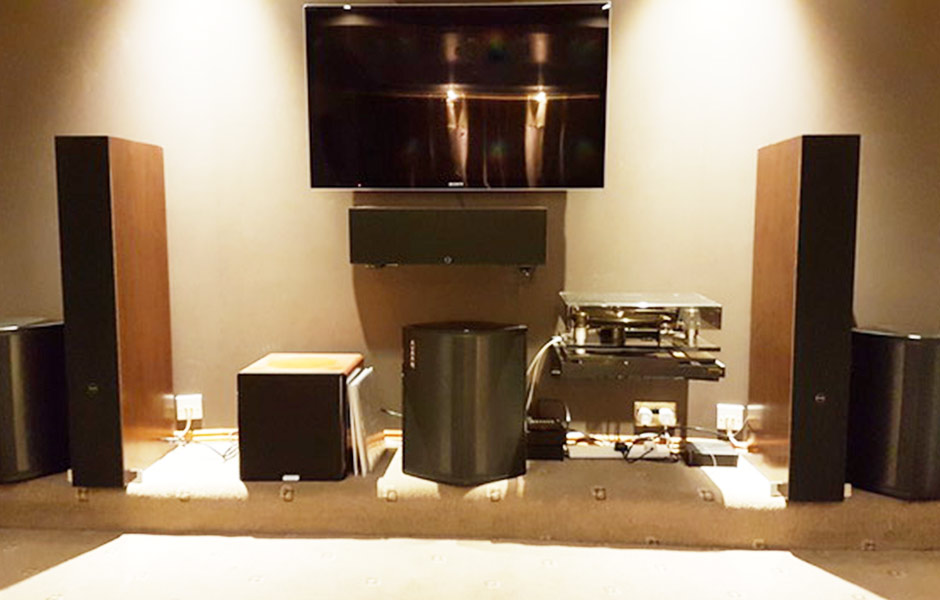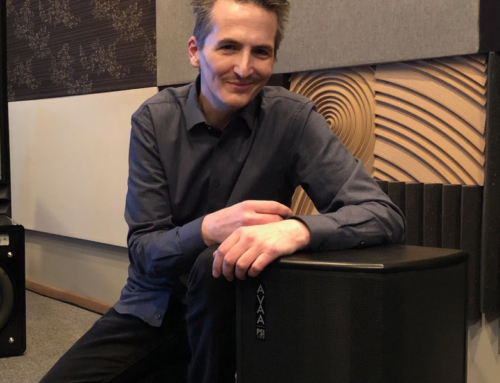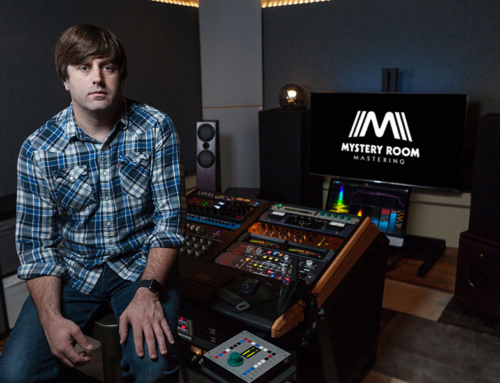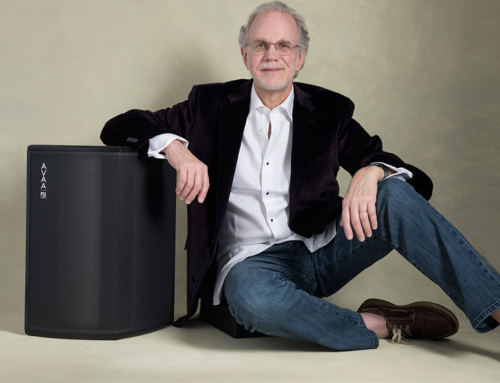AVAA – A user review from the high-end Hi-Fi perspective by Robert Hart
Like most people into Hi-Fi for the long term with high levels of investment in both time and cash it took until I was completely happy with my system before I really thought of treating my listening room. Having decided to do ‘something’ I started out by doing some internet research. I quickly located many companies with treatments aplenty; trying to decide which treatment to ‘do’ I further researched the products and watched significant amounts of online content. One message that came across was implementing lots of bass trapping with sound absorbent materials was going to treat all my frequencies and possibly make the room dead except for the bass which is exactly why I needed these treatments, this was the first problem.
Looking into more sophisticated bass absorption products such as tuned or broadband resonant bass traps I discovered the second problem the surface area I need to treat was significant maybe 25% to 75% of the room surface area!
This produced the realisation of the third problem – cost. I then realised that treating the bass was not at all easy or cheap. Absorbent products using foam or rock wool and other brands of the same thing needed excessively thick slabs to be installed or some structural alterations to fit resonance bass traps. None of which would be acceptable either from cost or space considerations.
This is when I had the idea that someone must make some kind of powered device that could remove the unwanted bass from my room. More internet research yielded some information about an old product that was now not made that could be tuned electronically to absorb one or maybe two frequencies. This was promising but alas unavailable. Further research yielded a forum where someone was talking about a new product, electronic bass absorption, an answer to my bass trapping problems perhaps? This device could absorb unwanted bass building up in a room yielding an open-space like acoustic.
I work in engineering and this kind cleaver engineering thing can be done, but is often in the realm of military performance and not seen by the general public. I contacted the PSI agent for the product called the AVAA a very special one off piece of design, to get a home demonstration. Paul Mortimer of Emerging Ltd duly brought two AVAA units made by PSI audio to my house where we spent a fun hour working out the best place for the units to be sited in my room. Surprisingly, without affecting the absorption at anything other than the bass frequencies these amazing devices opened up my room like moving from closed back headphones to open back! Paul stayed for a while so we could listen to some good music with bass that was no longer causing my room to hum every time the wrong note played! Paul very generously left the units with me so I could try other places and listen with them on and off. This of course is something you can’t do with other passive traps easily especially if you have them fixed or built into the room.
After a short while I realised that there were three places where I had anti-nodes typically with some frequencies boosted and then others completely missing. At this point I had listened for a few hours and was sure I had found my perfect solution. Small, highly effective, movable, and with a switch! I ordered three units. I am listening to them now they make no sound of their own! But my system now makes a sound that continues to astound me. Records that I once avoided because the bass just overwhelmed the room are now controlled allowing the needle to trace the groove once again. Base lines now smooth and all of similar level instead of missing notes combined with excessive reverberation. However these are the two areas I expected to be improved. What I was not expecting is the change to the rest of the sound. With the resonance gone, the modes controlled, the bass drum became powerful but shorter, sharper, percussive not some lingering room wobble that masked the next beat or the rest of the music. Short bass notes became shorter and the long bass guitar notes stood apart more apparent, timing of the bass now not subject to the room decay, but only lasting as long as my speakers made the sound. Taking away this excessive room energy yielded one more thing that I was completely not expecting. The sounds from bass to mid band became clearer like I had upgraded my system with better speakers or electronics. I found the rhythm more traceable more engaging, but extraordinary I could hear the words in songs that I previously did not quite understand, tunes within the mix that had previously been lost in the jumble of the bass of my room now exposed to hear clearly, exciting with more to offer in the emotional area of engagement in the experience, a more powerful change than I could have imagined.
On a more objective level I have a subwoofer that includes room correction to try to flatten the room response below 200Hz this was setup before the AVAAs were introduced and recently I found the time to measure and re-set the room correction. To my amazement all, but the 15Hz filter could be left off and the room measured more flat that I had achieved with 8 parametric equalisers used before the AVAAs were introduced, just amazing!
Other effects I have noticed are I am less likely to reduce the volume when the bass line starts in a track. I don’t reach for the volume during films when the LFE channel plays deep bass that before caused massive reverberation. Tracks that I avoided are now on the playlist again.




